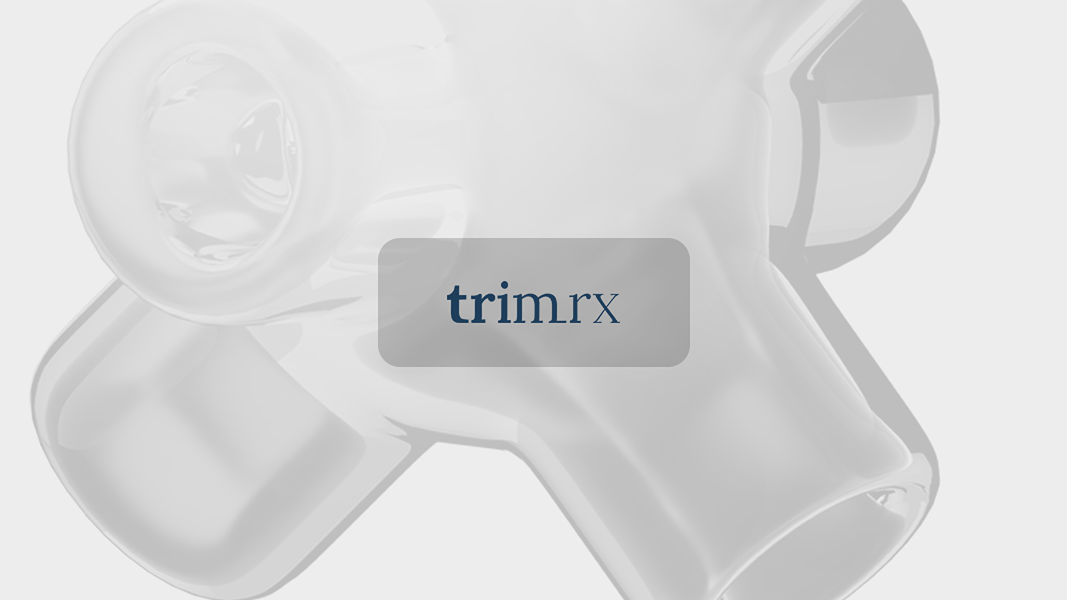What to Eat During Intermittent Fasting: A Comprehensive Guide

Introduction
Have you ever watched the clock, counting down the minutes until you can eat again during an intermittent fasting period? You’re not alone. The practice of intermittent fasting has surged in popularity, captivating many individuals seeking to improve their health and manage their weight. In fact, research suggests that intermittent fasting can offer various health benefits, including potential weight loss and improved metabolic health.
But what exactly does one eat during the periods when they are allowed to consume food? This question is crucial because, while intermittent fasting focuses on when to eat, what we choose to eat during our eating windows can significantly impact our results.
In this blog post, we’ll explore the essentials of intermittent fasting and provide a detailed guide on what to eat during your eating periods. By the end, you’ll have a solid understanding of how to make nutritious choices that align with your fasting goals, as well as strategies for maintaining a balanced diet that supports your overall well-being.
We’ll cover the different approaches to intermittent fasting, the types of foods that can enhance your health during your eating windows, and tips for making the most of this eating strategy. Our goal is to empower you to make informed decisions about your food choices, ensuring your intermittent fasting journey is as effective and enjoyable as possible.
Let’s dive in and discover what to eat during intermittent fasting!
Understanding Intermittent Fasting
Intermittent fasting (IF) is not a traditional diet; instead, it’s an eating pattern that alternates between periods of eating and fasting. It’s essential to first understand the various methods available for intermittent fasting so that you can choose one that fits your lifestyle and dietary preferences.
Popular Intermittent Fasting Methods
-
16/8 Method: This is one of the most common forms of intermittent fasting. It involves fasting for 16 hours and eating during an 8-hour window. For instance, you might eat between noon and 8 PM.
-
5:2 Diet: In this method, you consume a regular diet for five days of the week and restrict your calorie intake to about 500-600 calories on two non-consecutive days.
-
Eat-Stop-Eat: This involves fasting for a full 24 hours once or twice a week. For example, you might fast from dinner one day until dinner the next day.
-
Alternate-Day Fasting: This method alternates between days of normal eating and days of fasting or very low-calorie intake.
-
Warrior Diet: This diet involves eating small amounts of raw fruits and vegetables during the day and consuming one large meal at night.
The Science Behind Intermittent Fasting
The core principle of intermittent fasting is metabolic switching, where your body shifts from burning glucose to burning fat for energy after several hours of fasting. This process can lead to several health benefits, including improved insulin sensitivity, reduced inflammation, and enhanced cellular repair mechanisms.
What to Eat During Your Eating Window
Now that we understand the basics of intermittent fasting, let’s focus on what you can eat during your eating periods to optimize your results. The key is to prioritize nutrient-dense foods that provide essential vitamins and minerals while supporting your overall health.
Nutrient-Dense Foods to Include
-
Fruits and Vegetables:
- Leafy Greens: Spinach, kale, and Swiss chard are excellent sources of vitamins A, C, and K, as well as fiber.
- Berries: Blueberries, strawberries, and raspberries are rich in antioxidants and are lower in sugar compared to other fruits.
- Cruciferous Vegetables: Broccoli, cauliflower, and Brussels sprouts are high in fiber and can help promote satiety.
-
Whole Grains:
- Quinoa, Brown Rice, and Oats: These foods are excellent sources of fiber and complex carbohydrates that release energy slowly, helping to keep you full longer.
-
Lean Proteins:
- Poultry and Fish: Chicken, turkey, and fish provide essential amino acids that support muscle repair and growth.
- Plant-Based Proteins: Legumes, lentils, chickpeas, and tofu are great options for vegetarians and vegans.
-
Healthy Fats:
- Avocados: Packed with monounsaturated fats, avocados can help increase feelings of fullness.
- Nuts and Seeds: Almonds, walnuts, chia seeds, and flaxseeds offer healthy fats, protein, and fiber.
-
Dairy or Dairy Alternatives:
- Yogurt: Opt for plain Greek yogurt, which is high in protein and probiotics.
- Milk Alternatives: Unsweetened almond milk or soy milk can be lower in calories and sugar.
Foods to Avoid
While there are no strict rules about what you can eat during your eating window, it’s wise to avoid certain foods that may hinder your progress:
- Processed Foods: High in sugar and unhealthy fats, these can lead to weight gain and other health issues.
- Sugary Drinks: Soft drinks and juices can add empty calories and spike your blood sugar levels.
- Refined Carbohydrates: White bread, pastries, and other refined grains can lead to rapid spikes in blood sugar.
Strategies for Success During Intermittent Fasting
To make the most of your intermittent fasting experience, consider these tips for successful eating during your designated windows:
1. Plan Your Meals
Planning your meals in advance can help you make healthier choices and avoid impulse eating. Create a weekly menu that includes a variety of nutrient-dense foods.
2. Stay Hydrated
Water is essential during both fasting and eating periods. Staying hydrated can help curb hunger and improve overall health. Consider herbal teas and black coffee (without sugar) during fasting hours.
3. Listen to Your Body
Pay attention to your hunger cues and eat when you’re genuinely hungry. Avoid eating out of boredom or habit.
4. Focus on Balanced Meals
Strive for balanced meals that include a mix of protein, healthy fats, and carbohydrates. This combination can help sustain energy levels and prevent cravings.
5. Monitor Your Progress
Keep track of how you feel during intermittent fasting. If you experience unusual symptoms, consult a healthcare professional to discuss your approach.
Conclusion
Intermittent fasting offers a flexible and sustainable way to manage your weight and improve your overall health, but what you eat during your eating windows plays a crucial role in your success. By focusing on nutrient-dense foods, planning your meals, and staying hydrated, you can maximize the benefits of this eating approach.
Remember, our journey toward better health is personal and unique. As we navigate through our individual dietary choices, it’s essential to embrace what works best for our bodies. If you’re interested in taking control of your weight loss journey, consider exploring personalized weight loss solutions like those offered by TrimRx, where we prioritize individualized care and support.
FAQ
What can I drink during intermittent fasting?
During fasting periods, it’s best to stick to water, black coffee, and herbal teas without added sugars or cream.
Can I snack during my eating window?
Yes, you can snack, but focus on healthy options like fruits, nuts, or yogurt to keep your energy levels stable.
How long does it take to see results from intermittent fasting?
Results vary by individual, but many people begin to notice changes in their energy levels and weight within a few weeks.
Is intermittent fasting safe for everyone?
While many can safely practice intermittent fasting, it may not be suitable for individuals with certain health conditions. Always consult with a healthcare professional before starting any new eating pattern.
Together, we can explore the path to a healthier lifestyle! If you’re ready to take the next step, we invite you to take our free assessment quiz to see if you qualify for personalized weight loss programs tailored to your unique needs. Let’s embark on this journey toward better health together!

Transforming Lives, One Step at a Time
Keep reading
Does Eating Fruit Help with Weight Loss? Exploring the Sweet Science
Discover how eating fruit helps with weight loss. Learn the benefits, top fruits, and tips to boost your health journey today!
How to Eat Chana for Weight Loss: A Comprehensive Guide
Discover how to eat chana for weight loss with practical tips, delicious recipes, and nutritional insights. Start your journey to better health today!
Can We Eat Dark Chocolate in Weight Loss? Exploring the Facts
Wondering can we eat dark chocolate in weight loss? Discover how to enjoy this treat while staying on track with your diet. Learn more now!
Can We Eat Curd During Weight Loss?
Wondering if we can eat curd during weight loss? Discover its benefits, how to incorporate it into your diet, and debunk common myths!
How Much Dalia to Eat for Weight Loss: A Comprehensive Guide
Discover how much dalia to eat for weight loss and unlock its health benefits. Explore serving sizes and tasty recipes to aid your journey!
Does Walking After Eating Help with Weight Loss?
Discover how walking after eating helps with weight loss! Learn its benefits for digestion and blood sugar control. Start your journey today!
Can I Eat Bread for Weight Loss? Debunking the Myths and Exploring the Benefits
Wondering if you can eat bread for weight loss? Discover how to incorporate healthy bread into your diet while achieving your weight loss goals!
Can I Eat Idli for Weight Loss?
Wondering if you can eat idli for weight loss? Discover its benefits, nutritional profile, and perfect pairings for a healthy diet!
Is Not Eating Breakfast Good for Weight Loss?
Wondering if not eating breakfast is good for weight loss? Discover the latest research and tips for a healthier approach to your diet!






